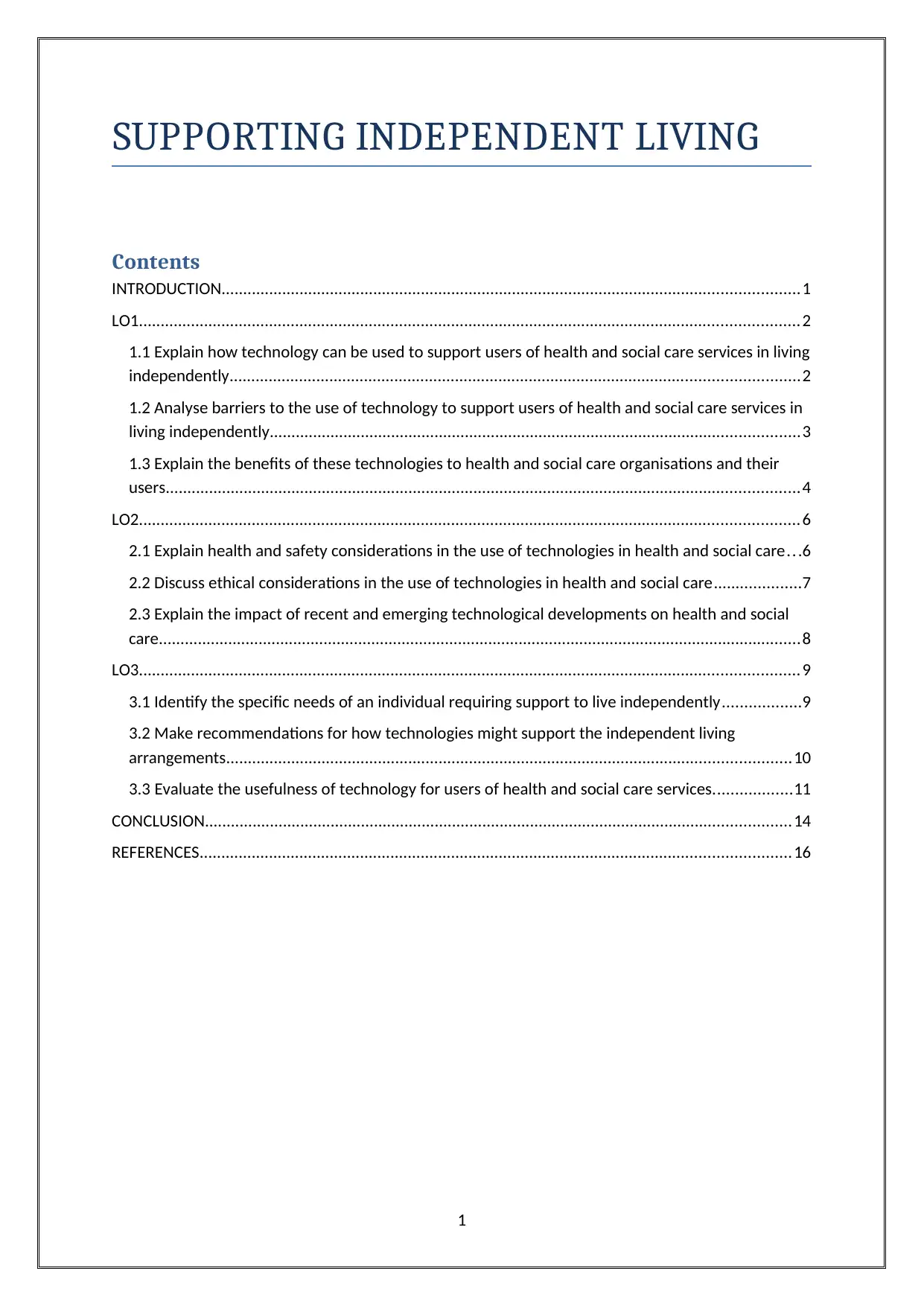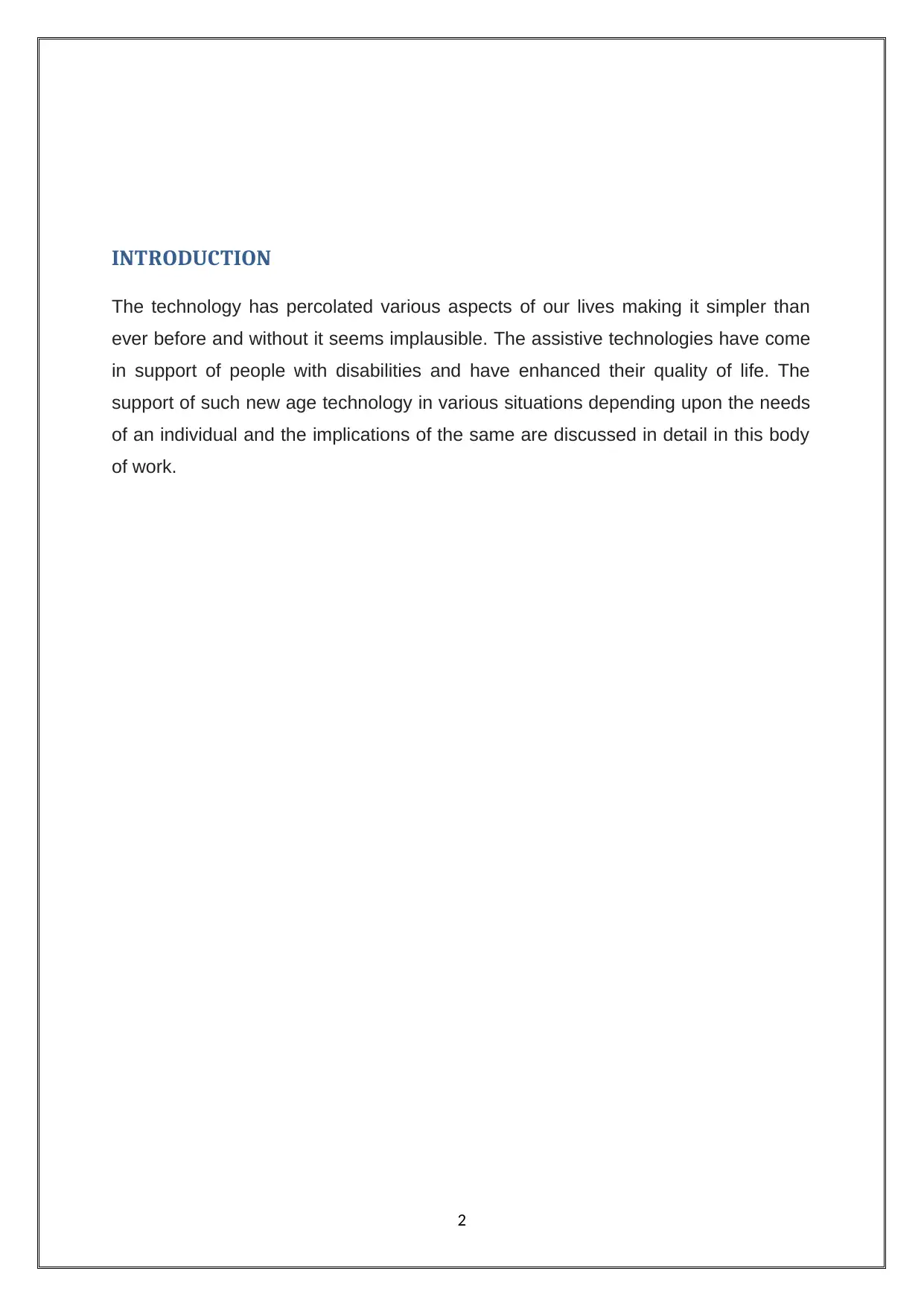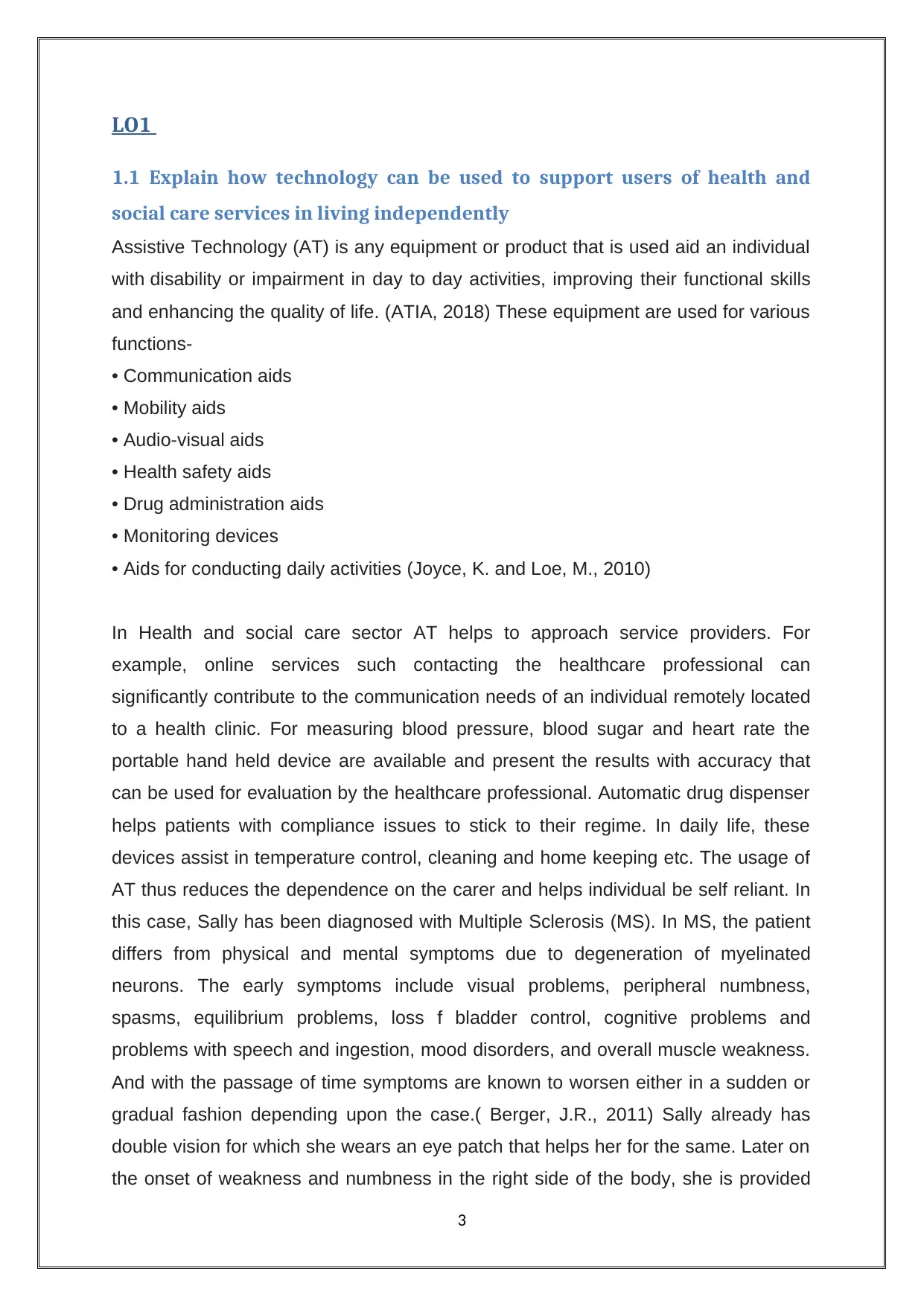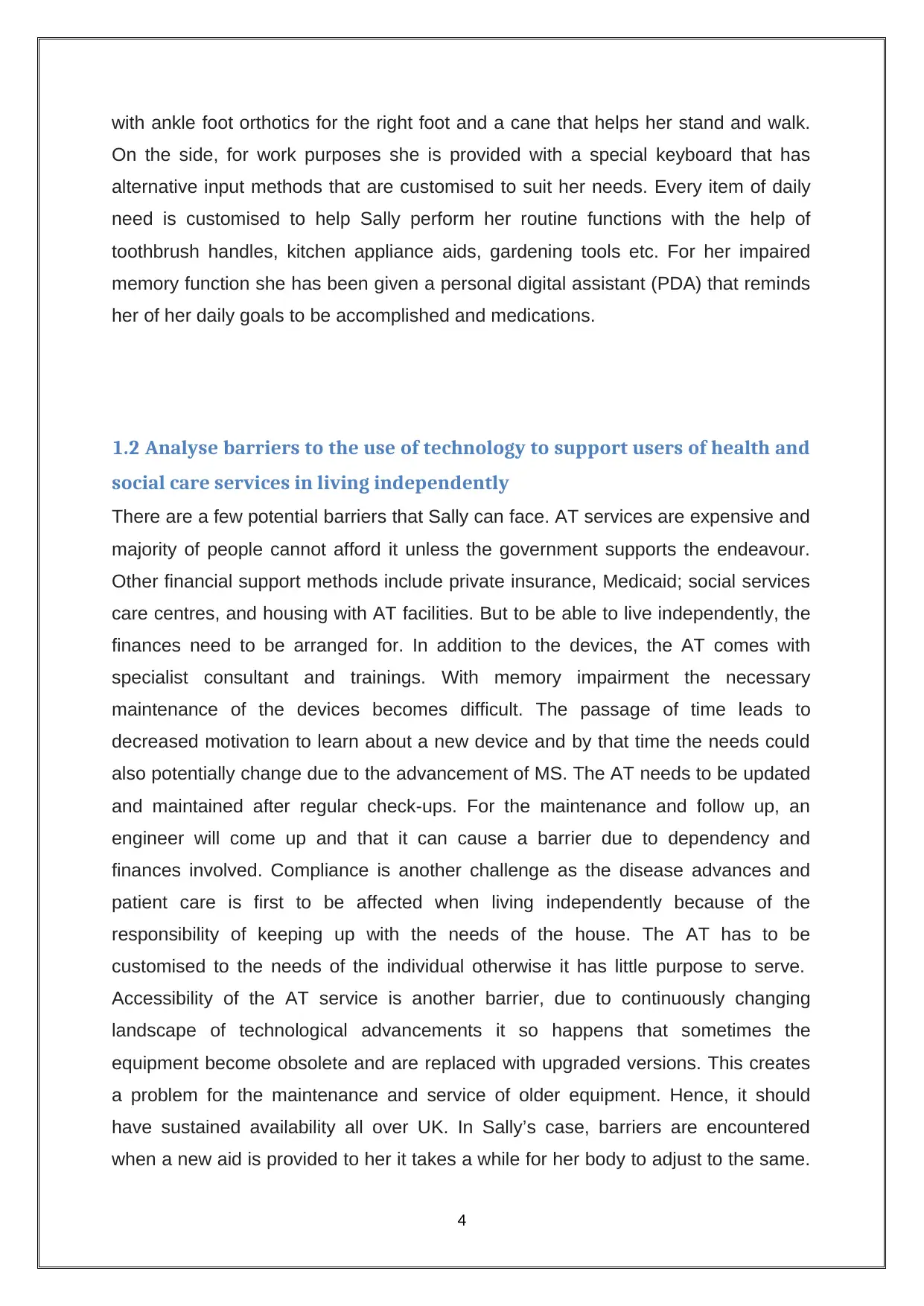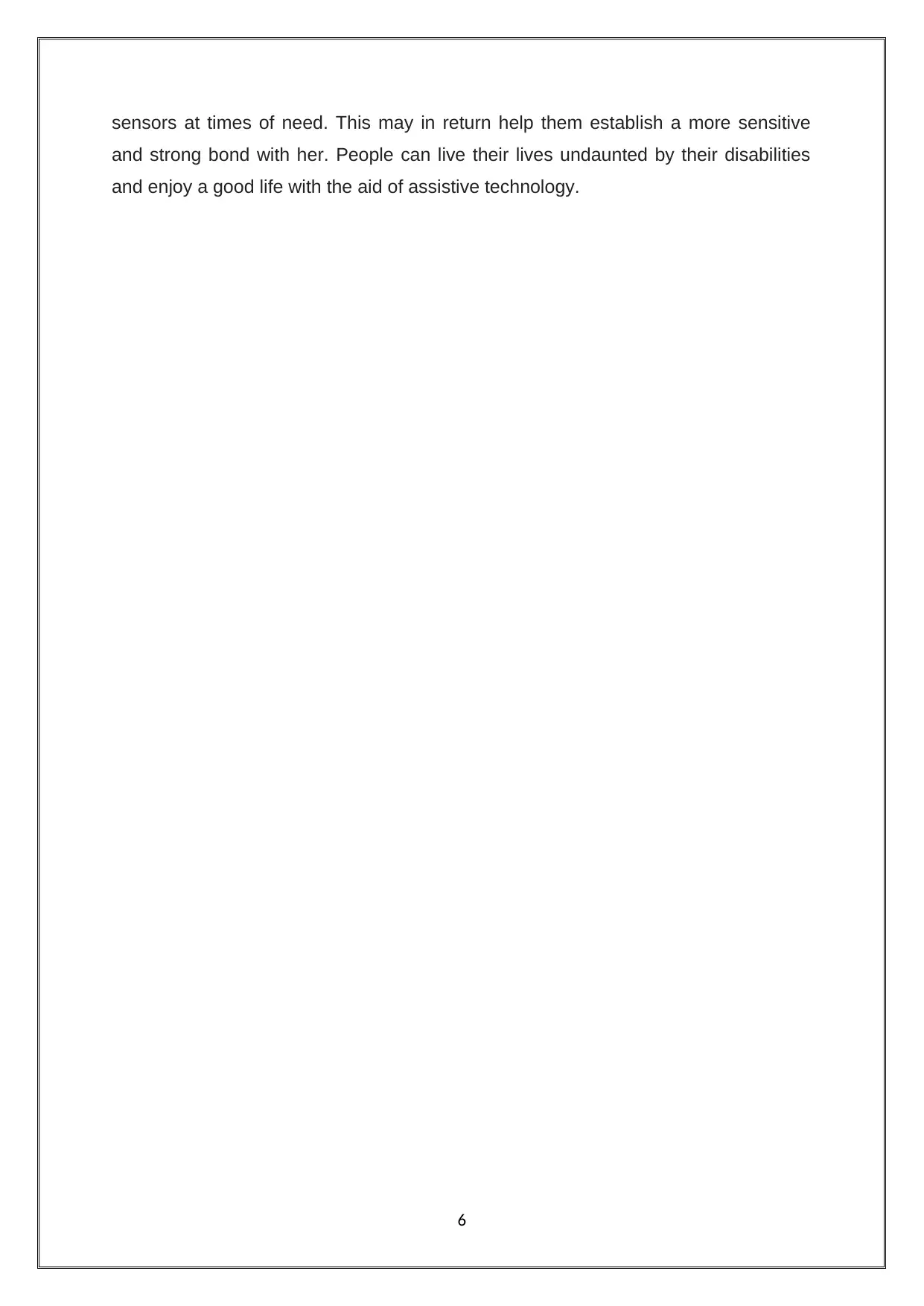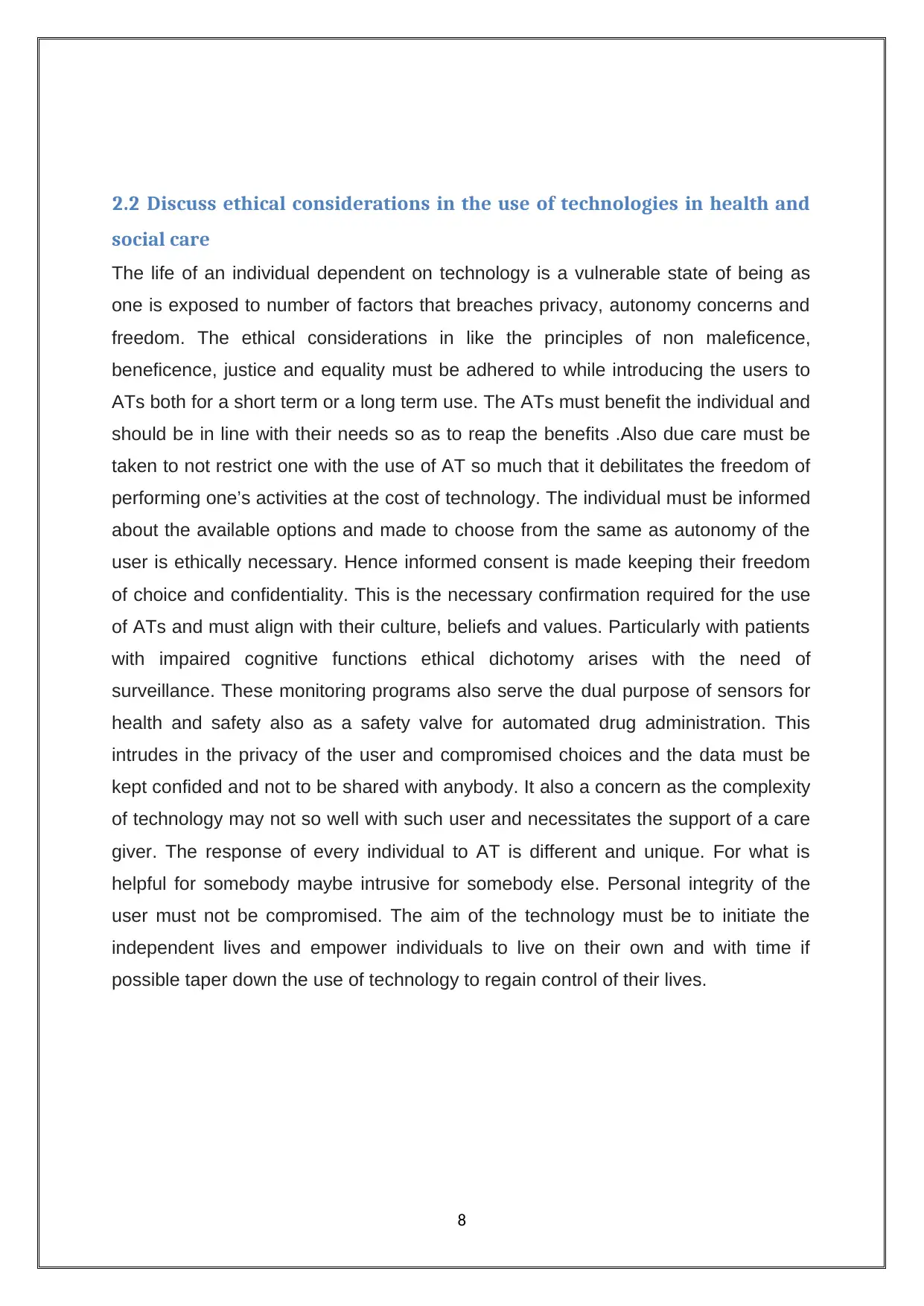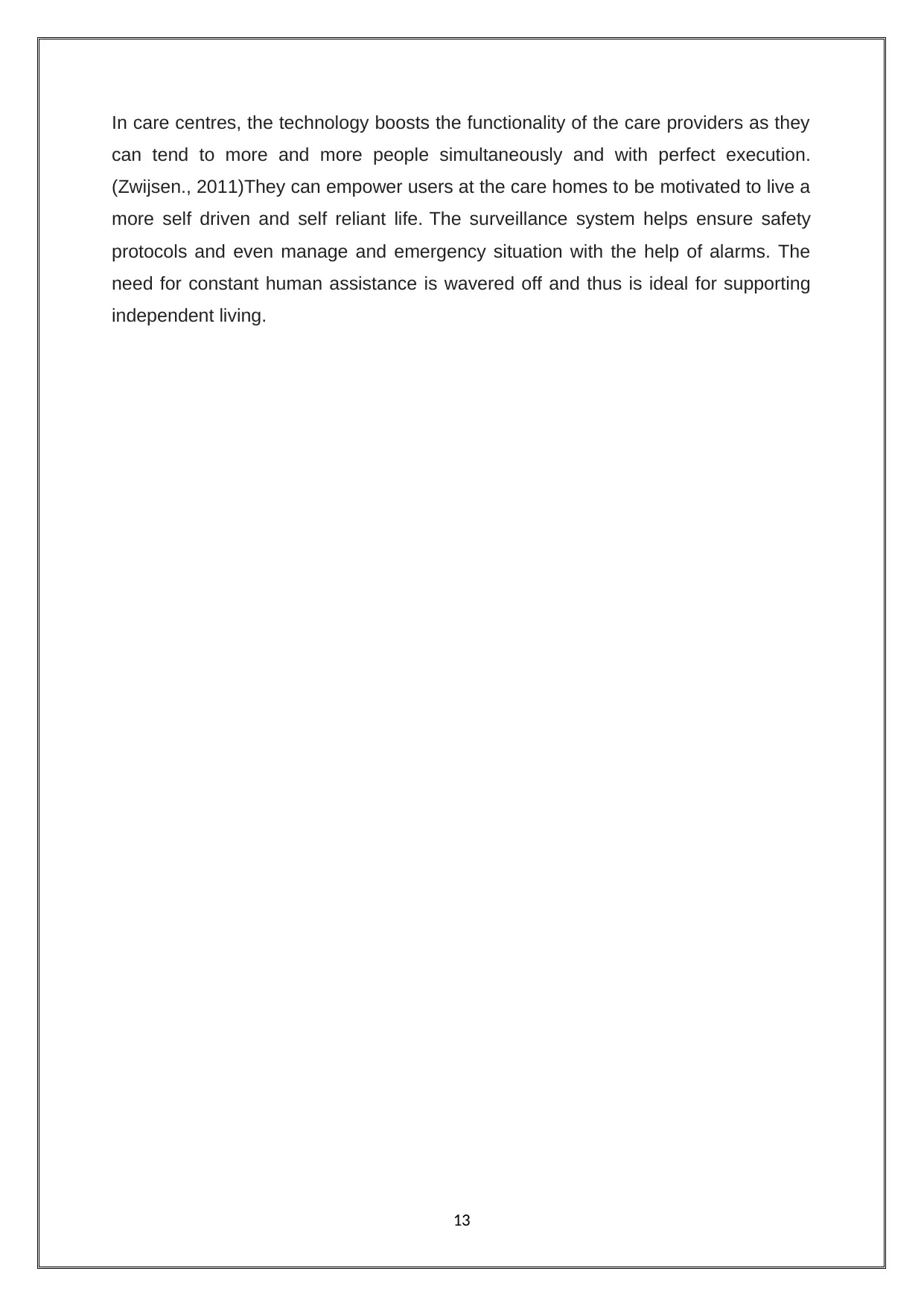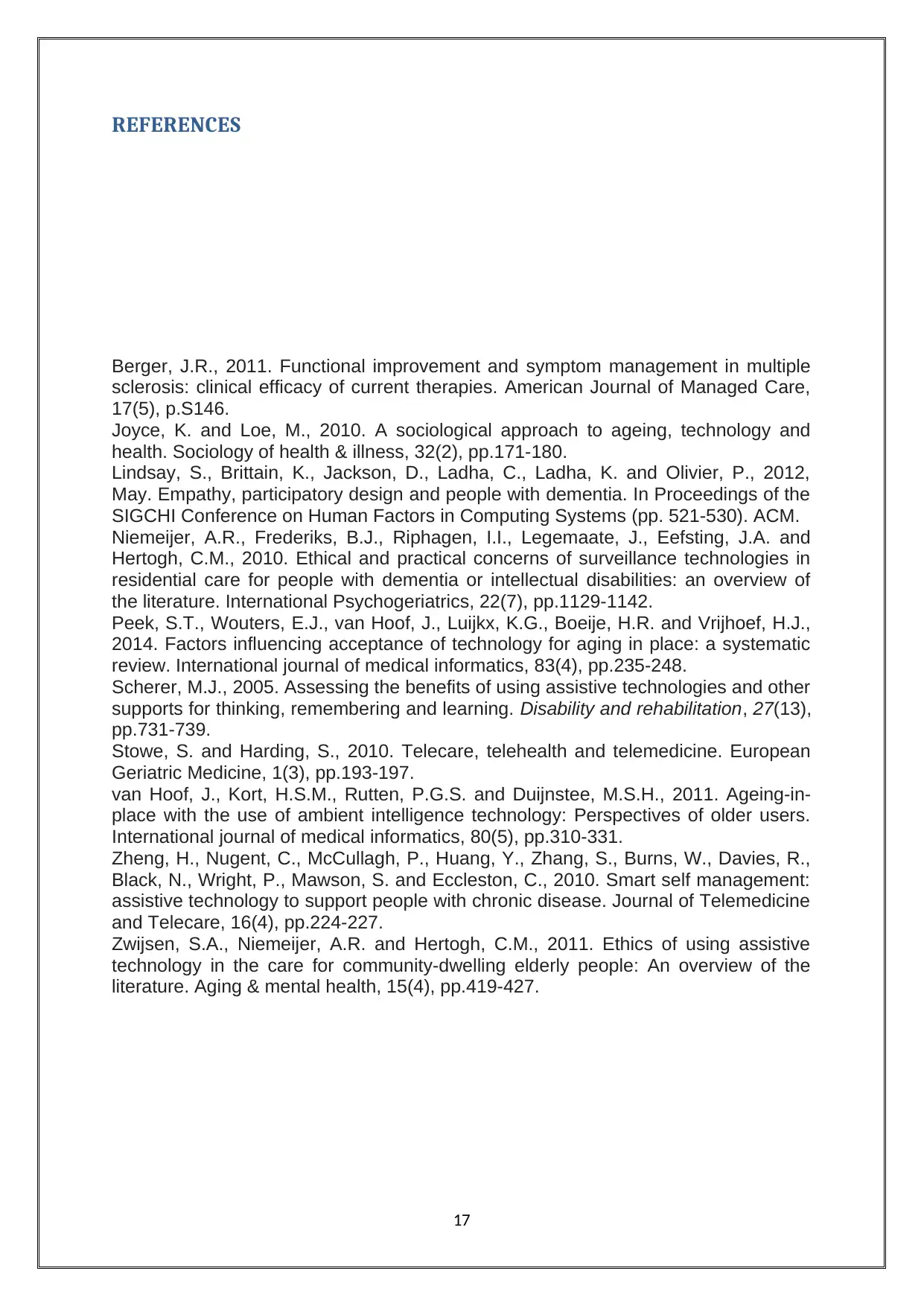This paper explores the use of technology to support independent living for individuals with disabilities and health conditions. It examines the benefits and barriers of assistive technology (AT) in health and social care, including health and safety considerations, ethical implications, and the impact of recent technological advancements. The paper also analyzes the specific needs of individuals requiring support, such as Maggie, who has been diagnosed with early onset dementia, and provides recommendations for how technology can be used to enhance their independent living arrangements. The paper concludes by evaluating the overall usefulness of technology for users of health and social care services, highlighting its potential to empower individuals and improve their quality of life.
![[object Object]](/_next/static/media/star-bottom.7253800d.svg)
![[object Object]](/_next/static/media/star-bottom.7253800d.svg)
